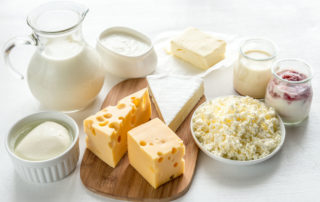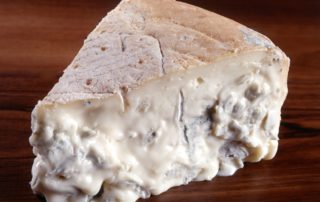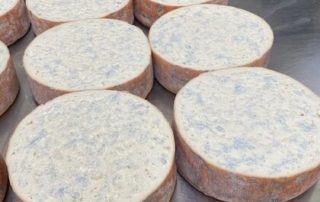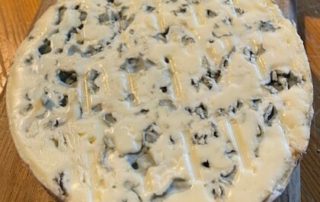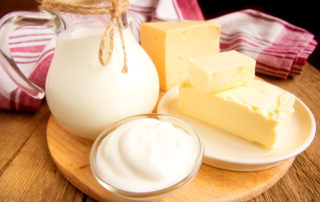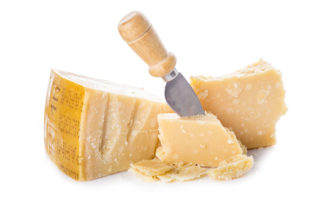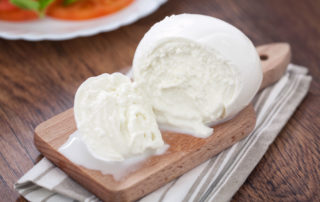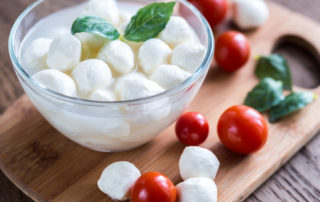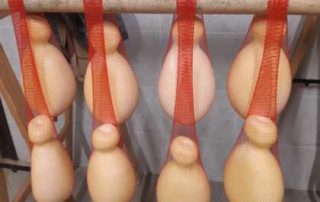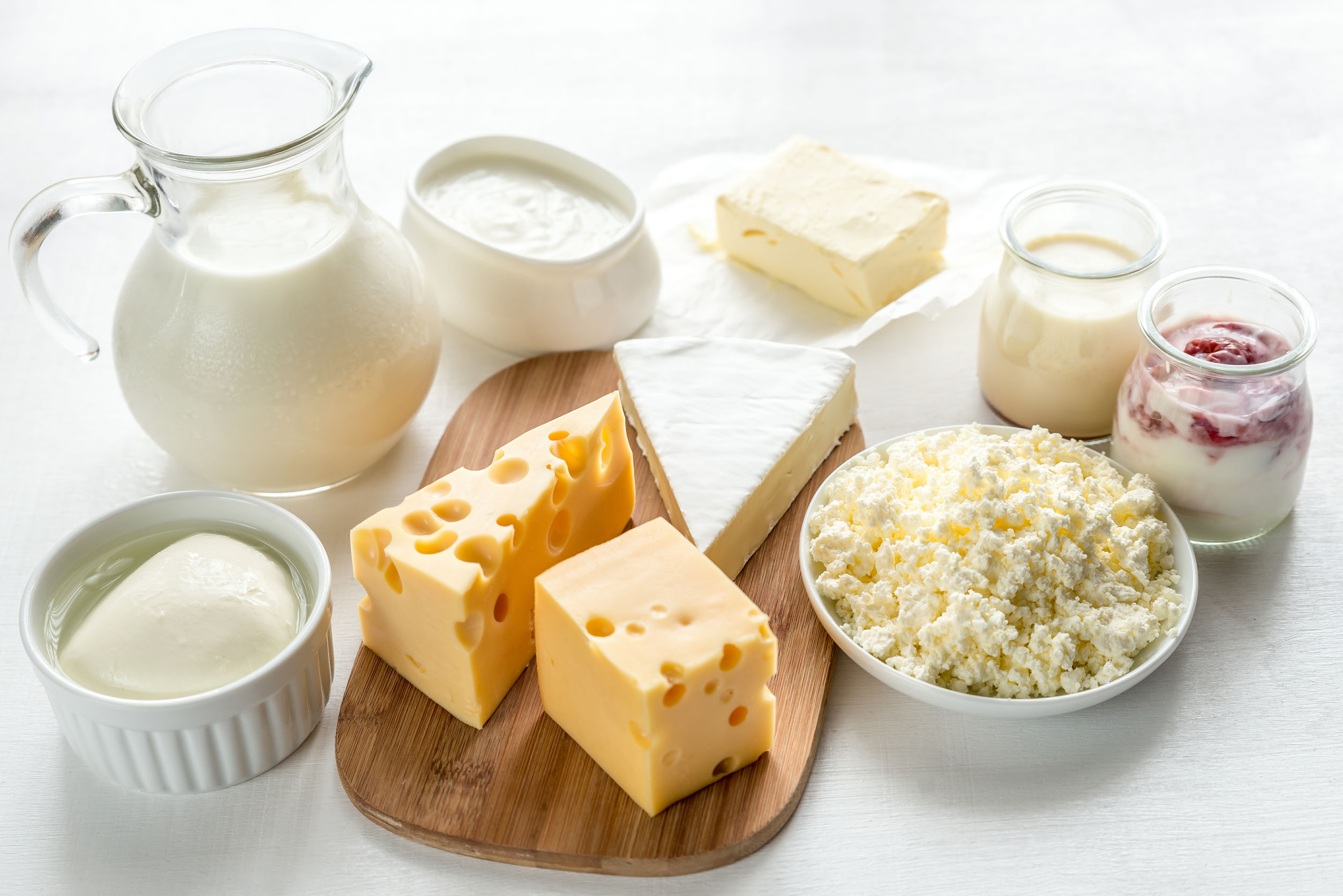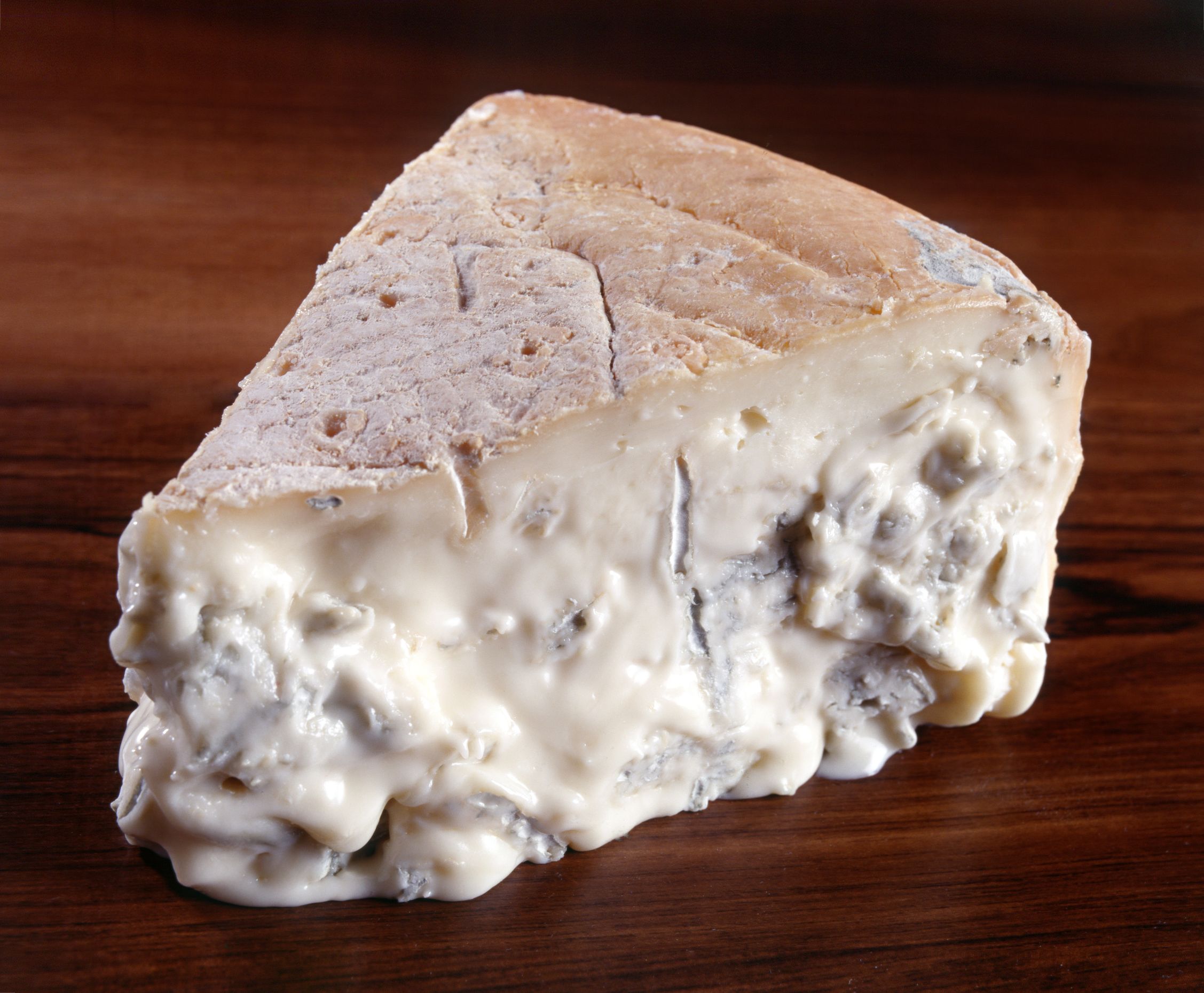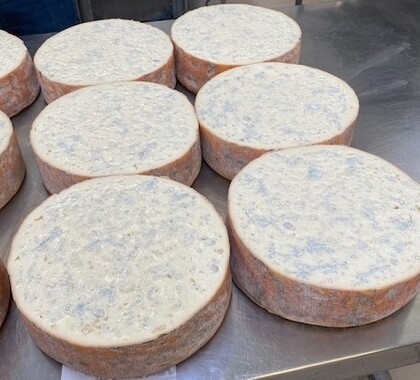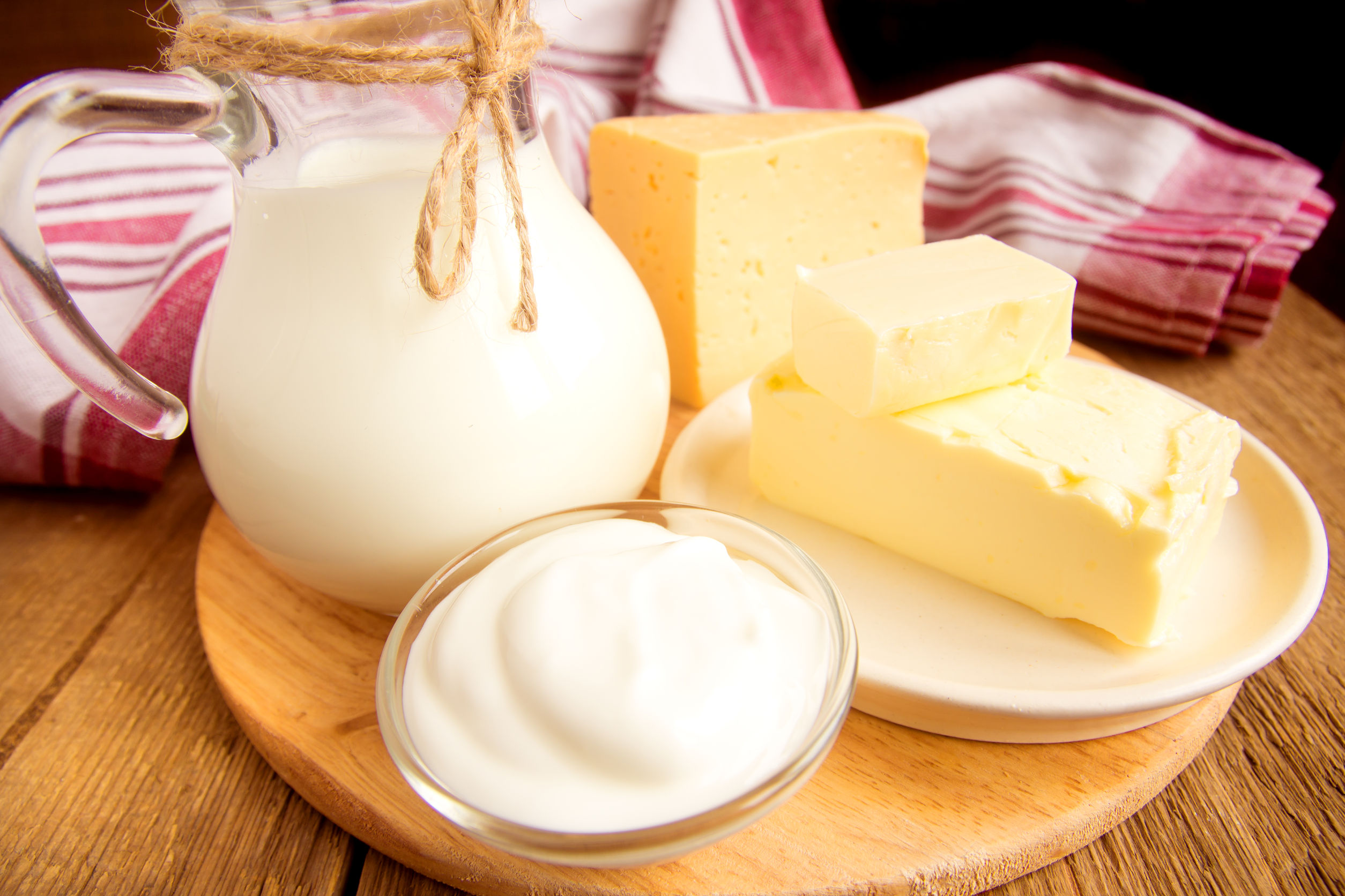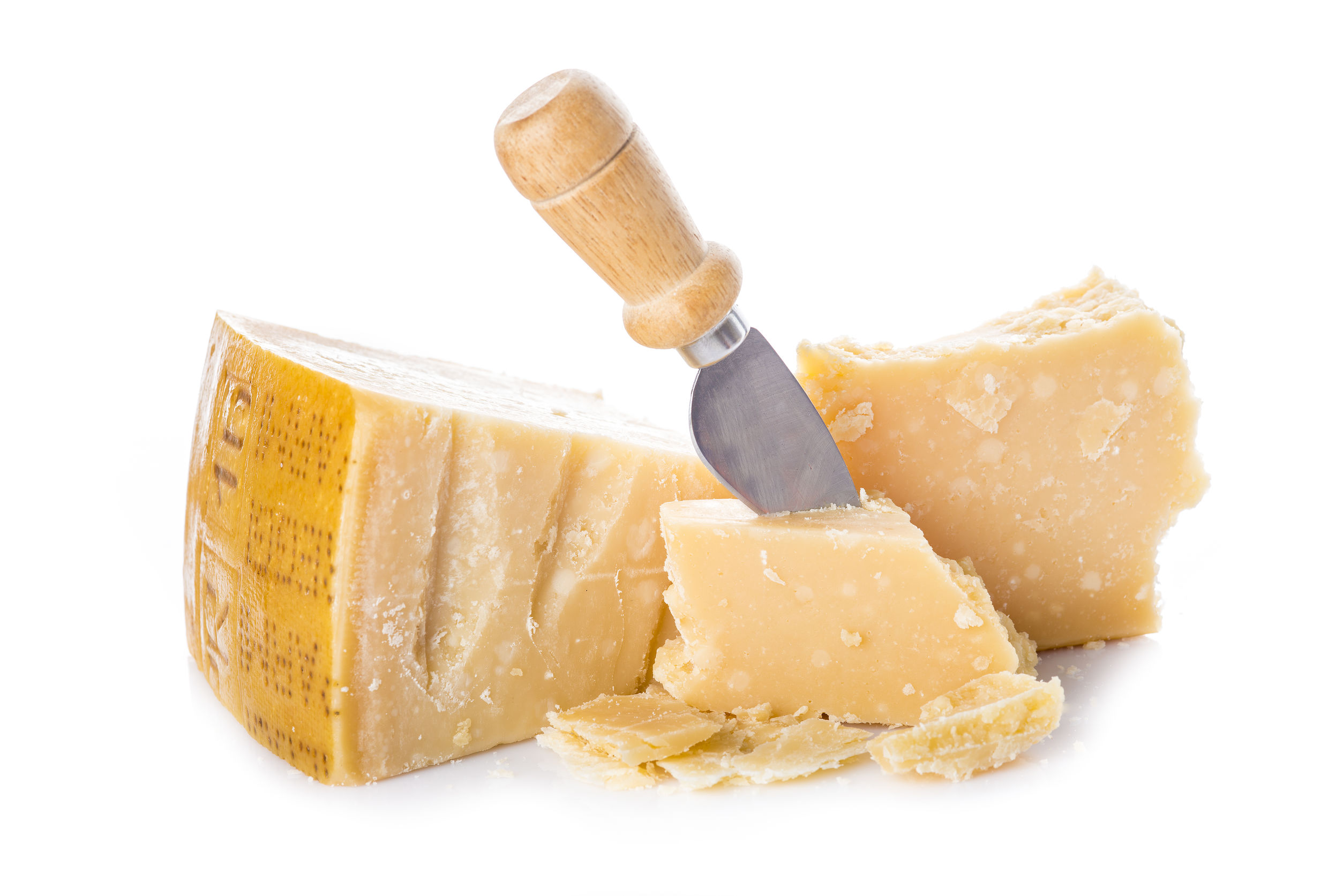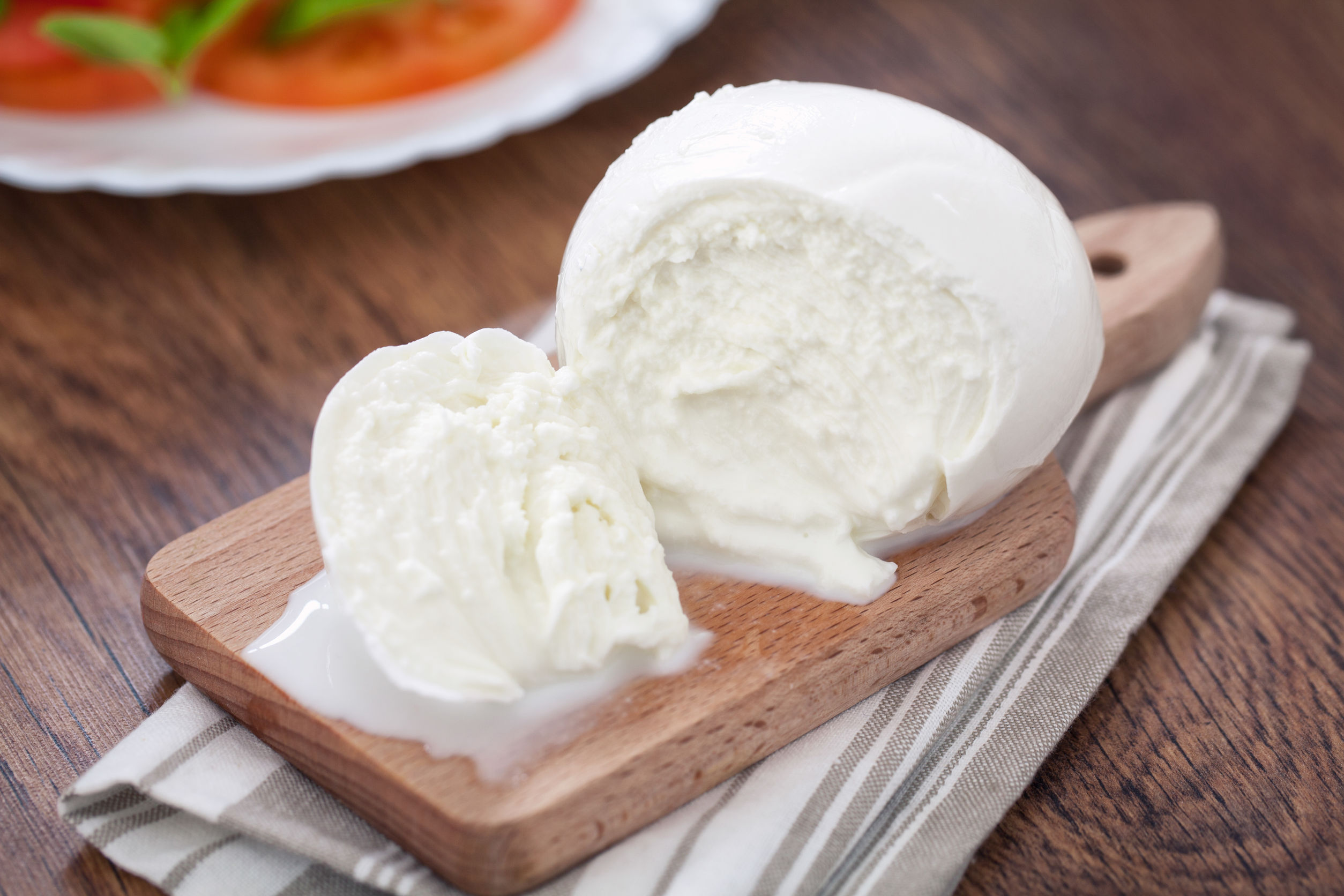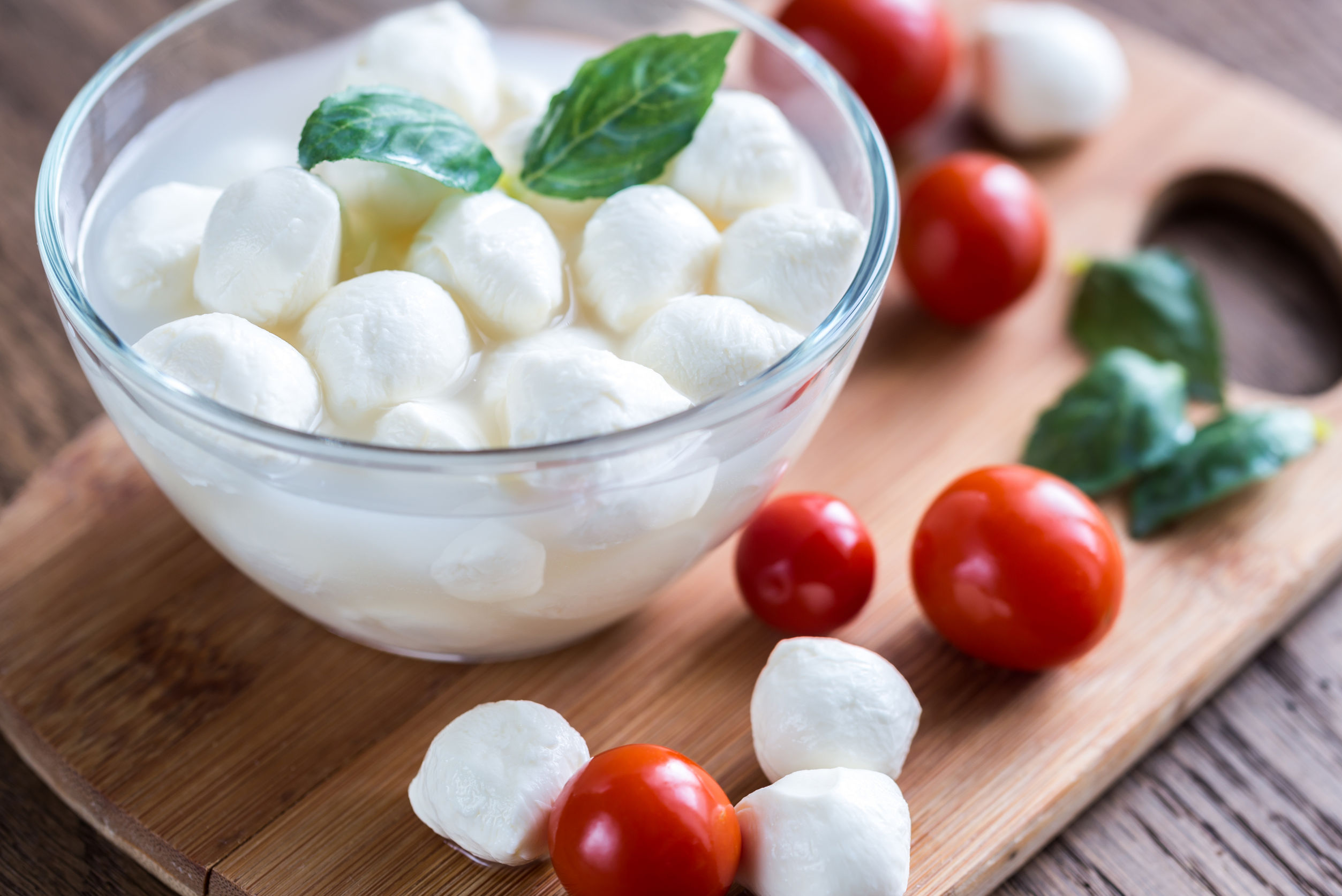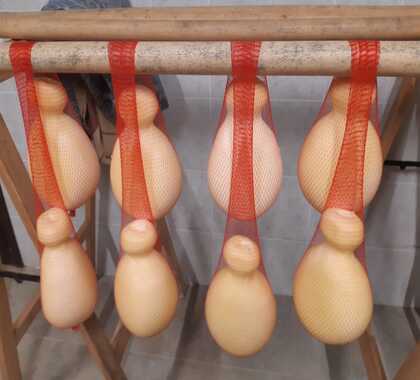DAIRY SECTOR
Our offer of technological support focuses on strategies and objectives aimed at:
Thanks to our
experience,
we can support
companies to improve
and develop
new productions.
CHEESE
The different classification of cheeses is based on the water content of the dry matter and they are divided into:
BUTTER
We can support you in the treatment of cream for butter production with batch or continuous production technology, in the development of systems for optimizing moisture content, in the selection and application of ingredients.
FERMENTED MILKS
Traditional yoghurt, drinking yoghurt and Greek yoghurt, probiotics, butter milk, Laben, Kefir and Ymer are just some of the fermented products for which we can provide advice. A very important aspect to evaluate is also the high or low viscosity and low post-acidification to be given to the products.
SOUR CREAM
We will support you on the treatment of the cream and the technological process in order to achieve the desired product.
